MotoGP 2027 Technical Rule Changes Announced; Include Smaller Engine, Less Aerodynamics and More
The new MotoGP regulations call for a reduction in engine size from 1000cc to 850cc, and beginning in 2027, all of these bikes must run on 100 per cent sustainable fuel.
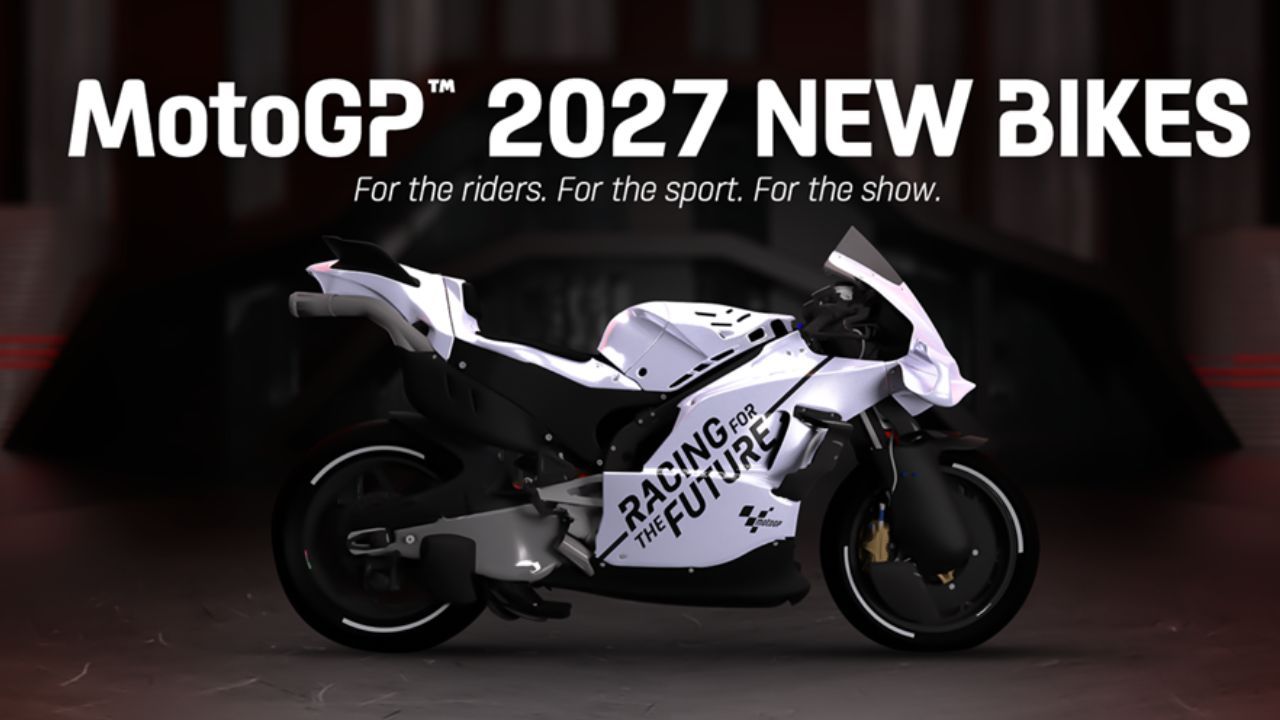
Starting with the 2027 season, MotoGP will implement new technical regulations, the most notable of which is a reduction in engine displacement from 1000cc to 850cc. The goal of these changes is to improve road relevance while reducing performance without sacrificing the exhilarating spectacle that characterises MotoGP, therefore the maximum bore has been lowered from 81 to 75 millimetres. Aiming for even greater efficiency, the maximum number of engines permitted per rider every season will also drop from seven to six. This move from the 1000cc engines introduced in 2012 comes after a time of controversial 800cc rules (2007) and the prior 990cc era (2002–2006), which replaced the legendary two-stroke 500cc era in grand prix racing.
MotoGP 2027 Regulation: Engine and Fuel
Existing technical regulations expiring in 2026 have made integrating modern aerodynamics and technologies like ride height devices easier. But these developments have led to even faster lap times, which has been a big problem for MotoGP lately. Because of this, many famous circuits in the series are on the verge of being overwhelmed.
Also Read: MotoGP Jerez Test: 'We Need More Time,' Says Quartararo After Testing the New M1
Additionally, a significant shift awaits in fuel usage. Starting in 2027, MotoGP will switch to 100 per cent sustainable fuel, up from the minimum 40 per cent used in 2024. In addition, the fuel tank will now hold 20 litres instead of 22. Riders will still be allowed to use 11 litres during the Tissot Sprint.
MotoGP 2027 Regulation: Aerodynamics and Ride-height Devices
From 2027 on, aerodynamics will be reduced and closely monitored in order to lessen their harmful effects as much as possible. The top of the front fairing will be 50 mm smaller, and the nose will be pushed back 50 mm. This will lessen the effect of aerodynamics where it matters, like on the straightaways and when stopping. This will make the racing even tighter, and more people will pass each other.
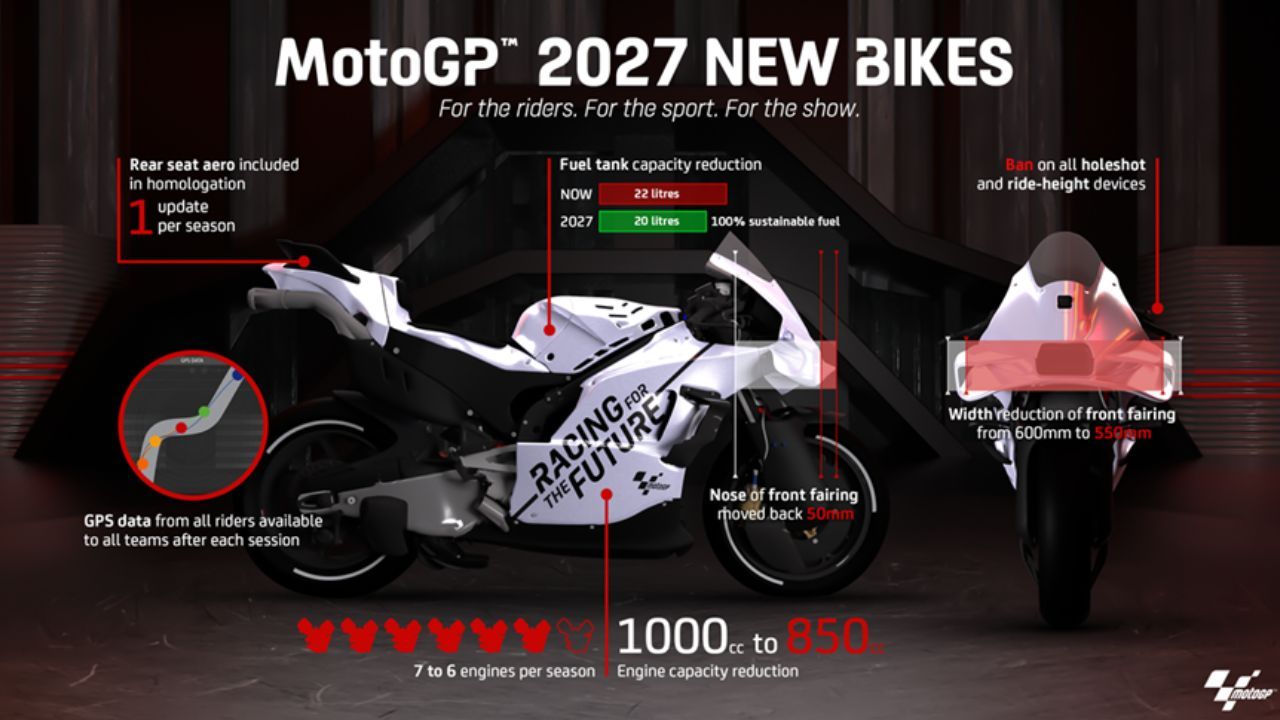
At the back, the aero behind the rider will be part of the homologation from 2027, and teams will only be allowed to update that once per season to control costs.
From 2027 on, all ride-height and holeshot devices will be illegal in the new regulation. That will keep manufacturers from getting too fast and make the sport safer. This will also make each rider's skill even more important, just like aero is meant to make them better at passing.
MotoGP 2027 Regulation: Concession system
The current concession system, which debuted at the end of the 2023 season, will stay in place. However, when the new technical rules start in 2027, all makers will start the season in Rank B. Then, in the middle of the season, in the summer of 2027, they will be evaluated again. Depending on their rank, they can get more or less benefits. With this method, the performance of manufacturers is taken into account from the start of the new era. This keeps the playing field as level as possible.
Potential New Manufacturer Entry
The new regulation will also surely attract new manufacturers in the sport. As previously reported, the CEO of BMW Motorrad, Markus Flasch, has stated that the iconic German motorcycle manufacturer is exploring the possibility of fielding a MotoGP team under factory backing. If they go through with it, rumours have it that they could join the competition in 2027.
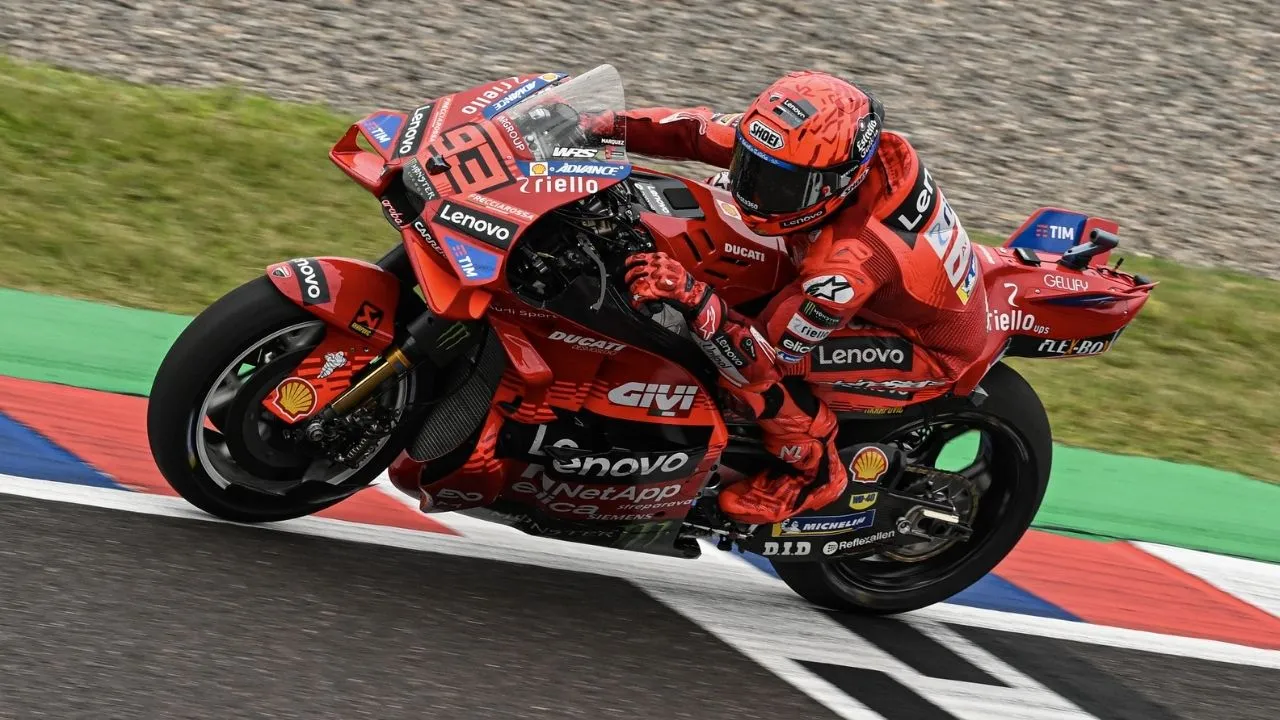
.webp)
.webp)
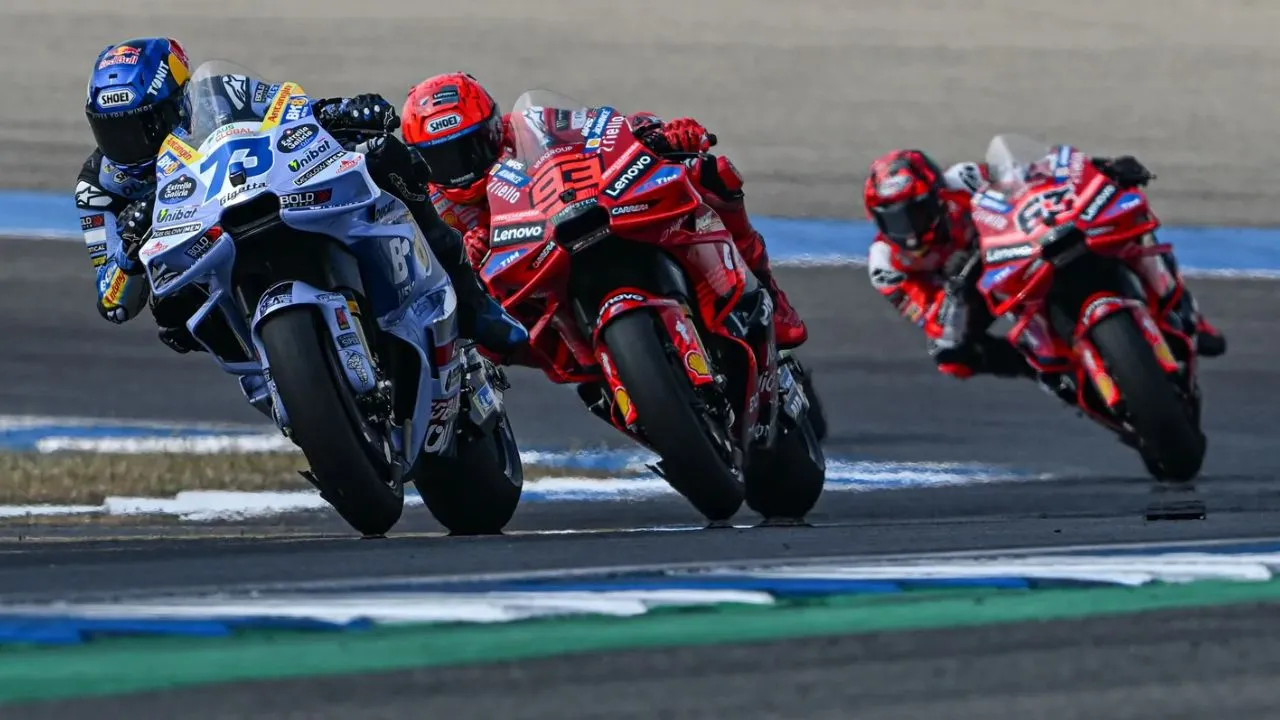
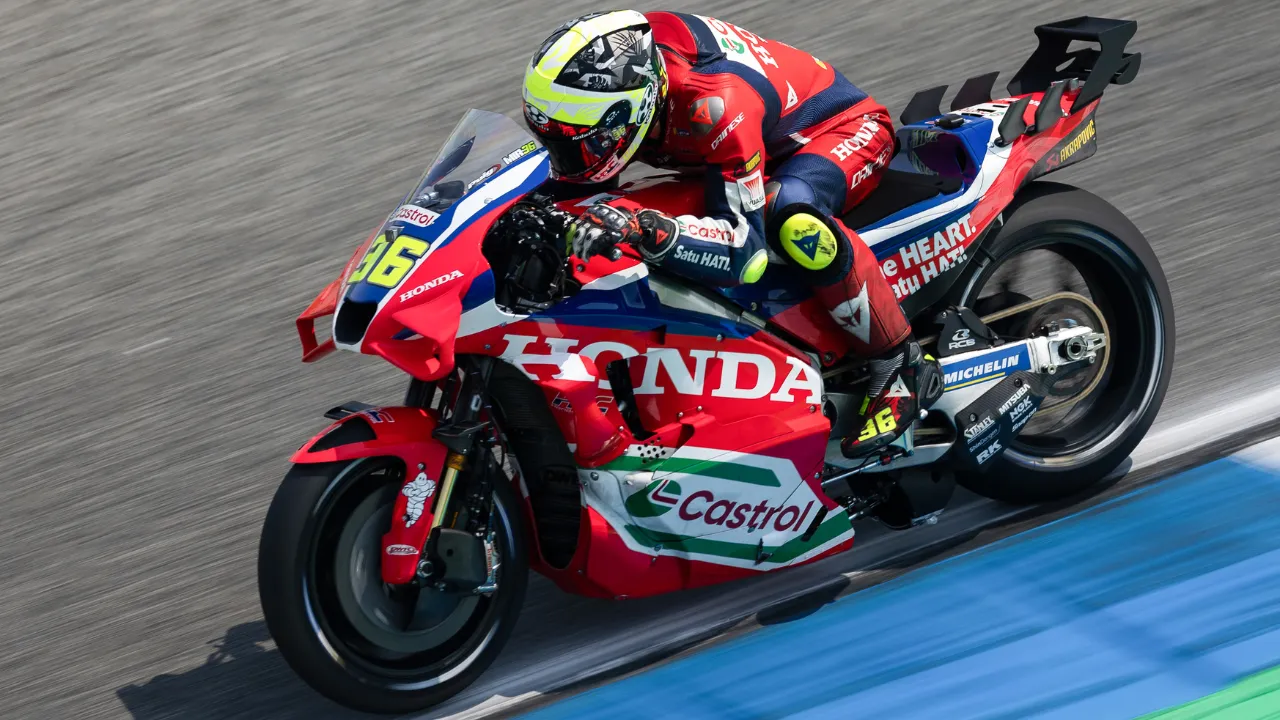
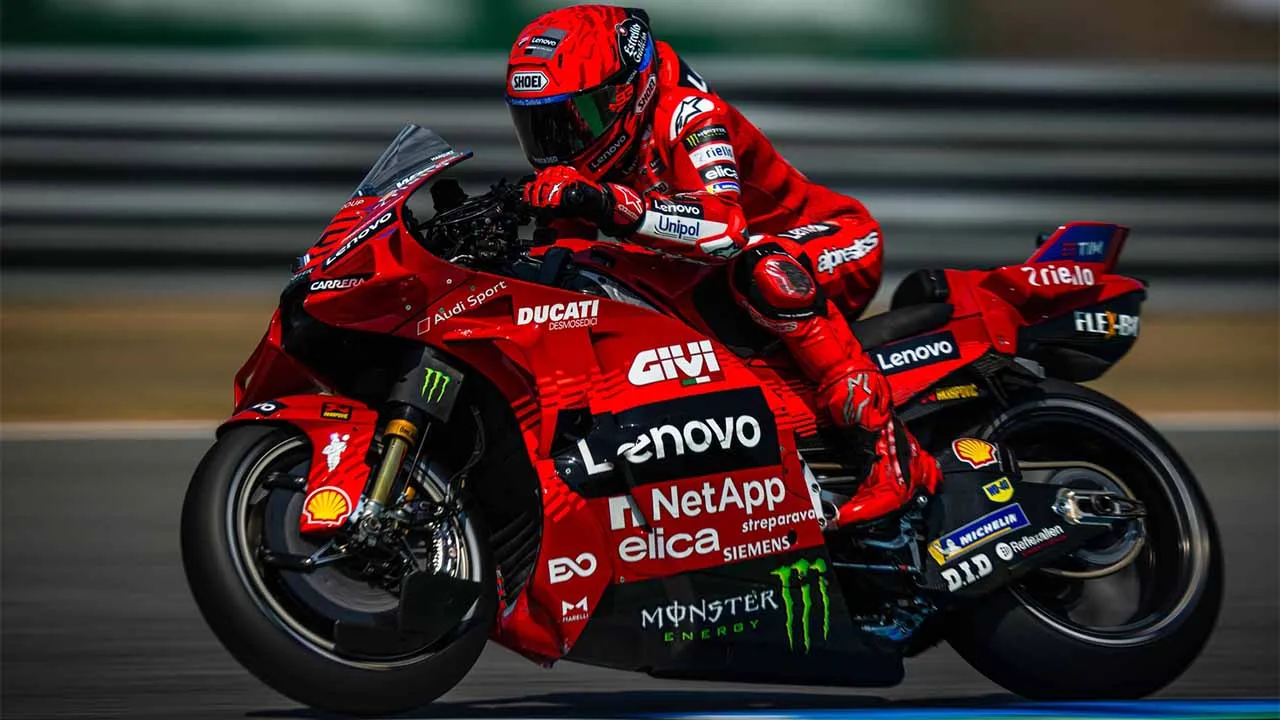
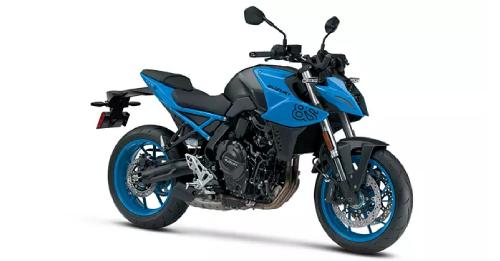
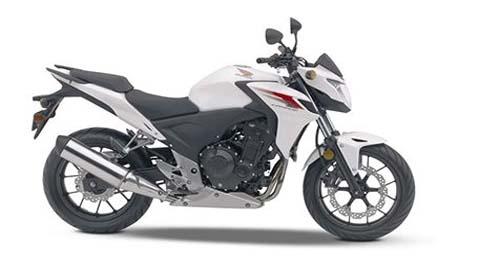
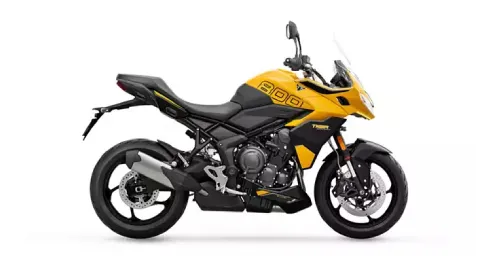
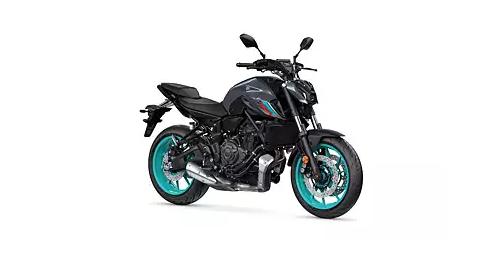
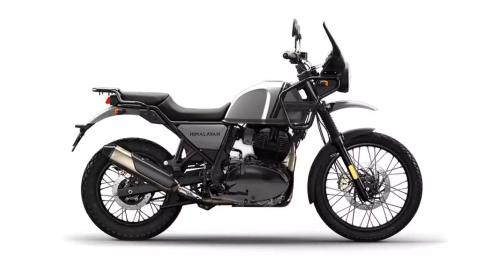
.webp)

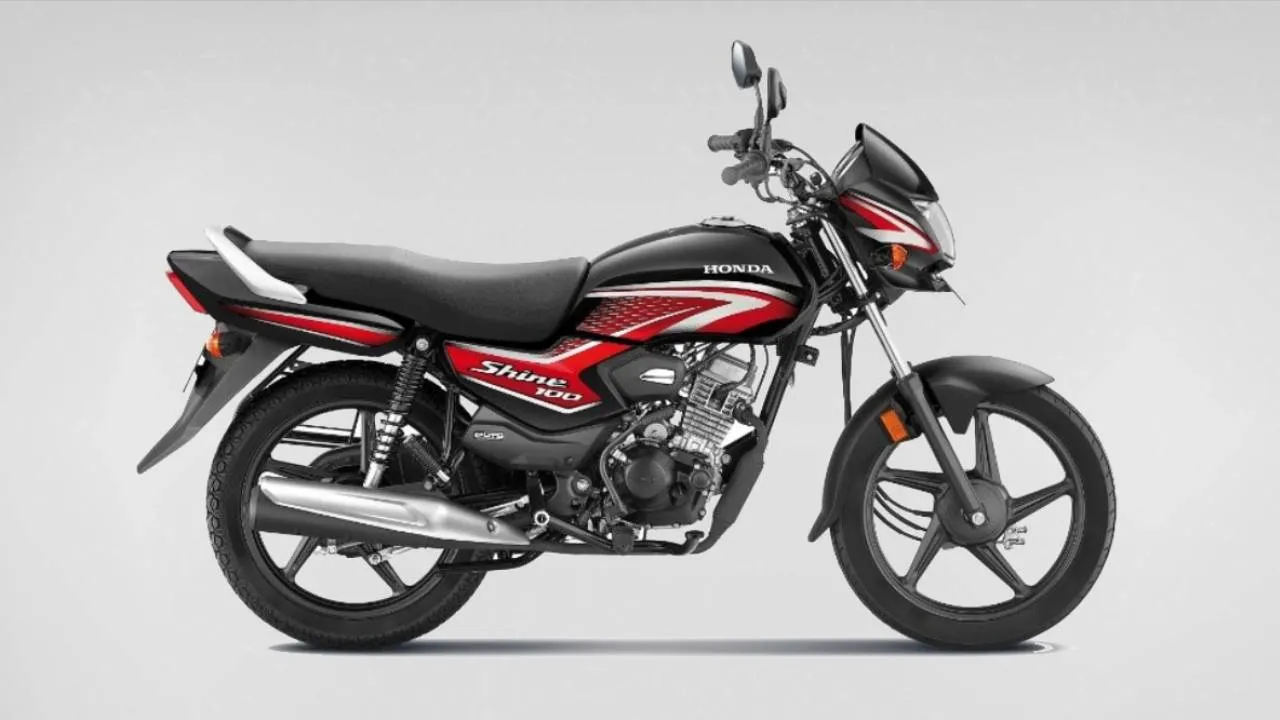
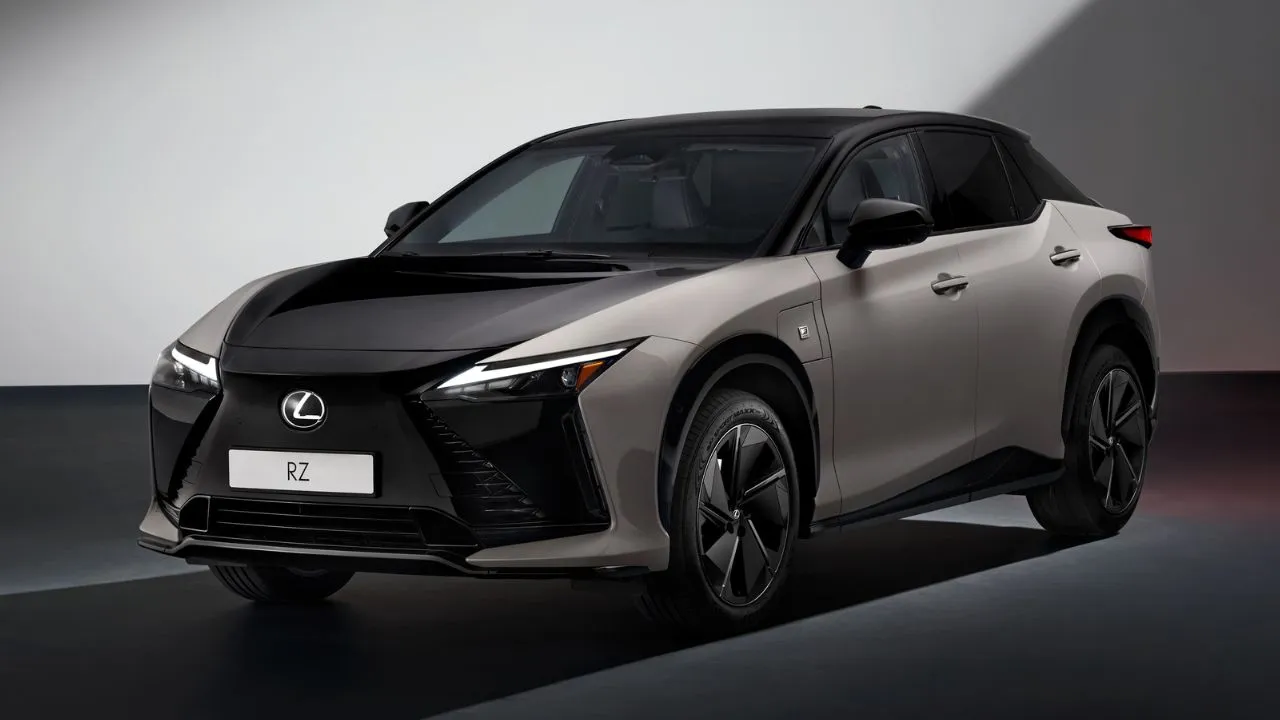






Write your Comment on